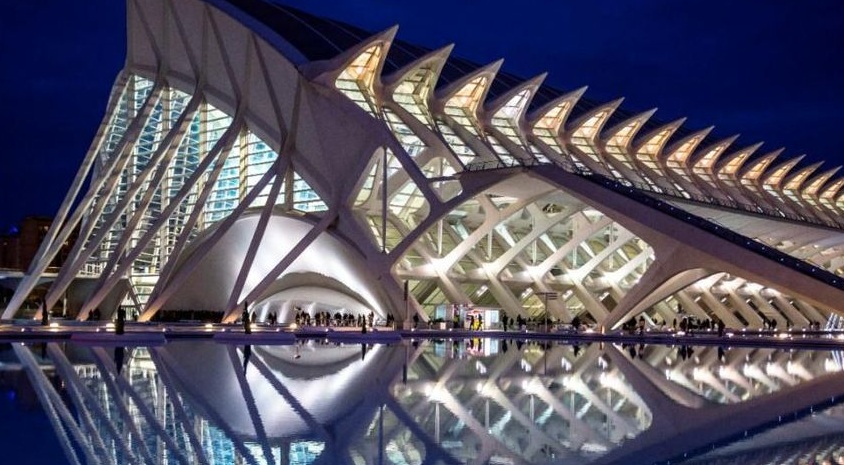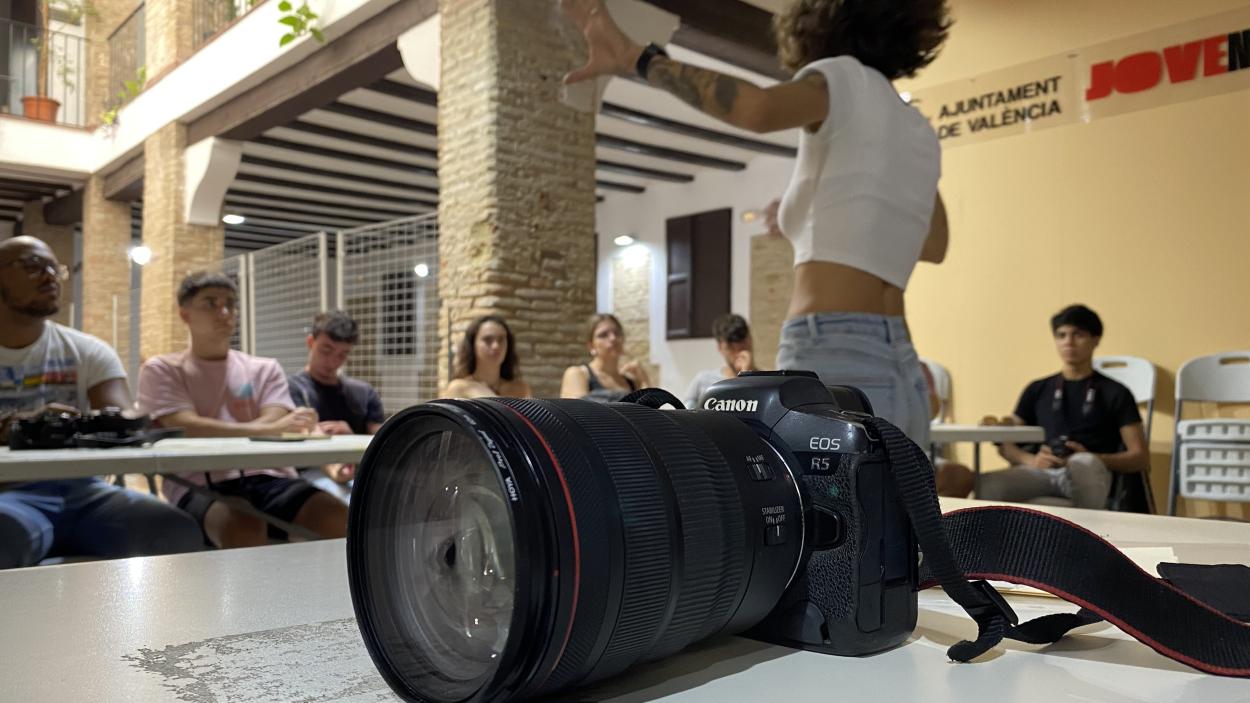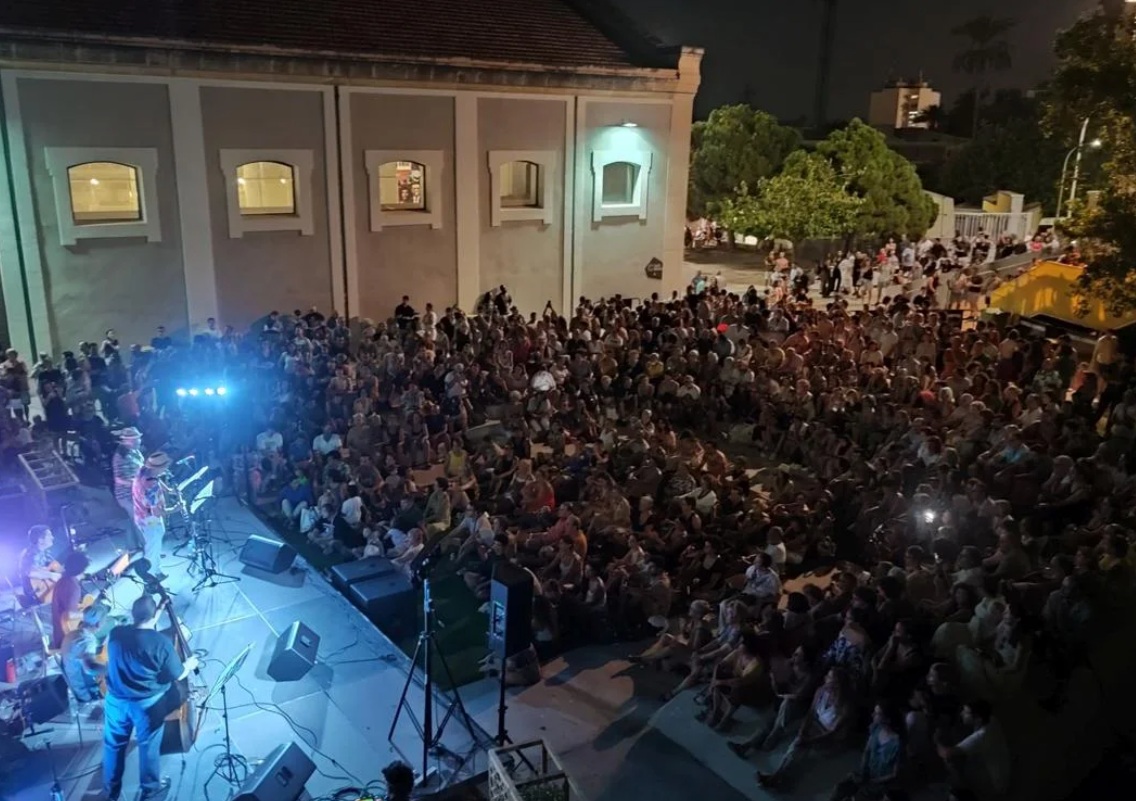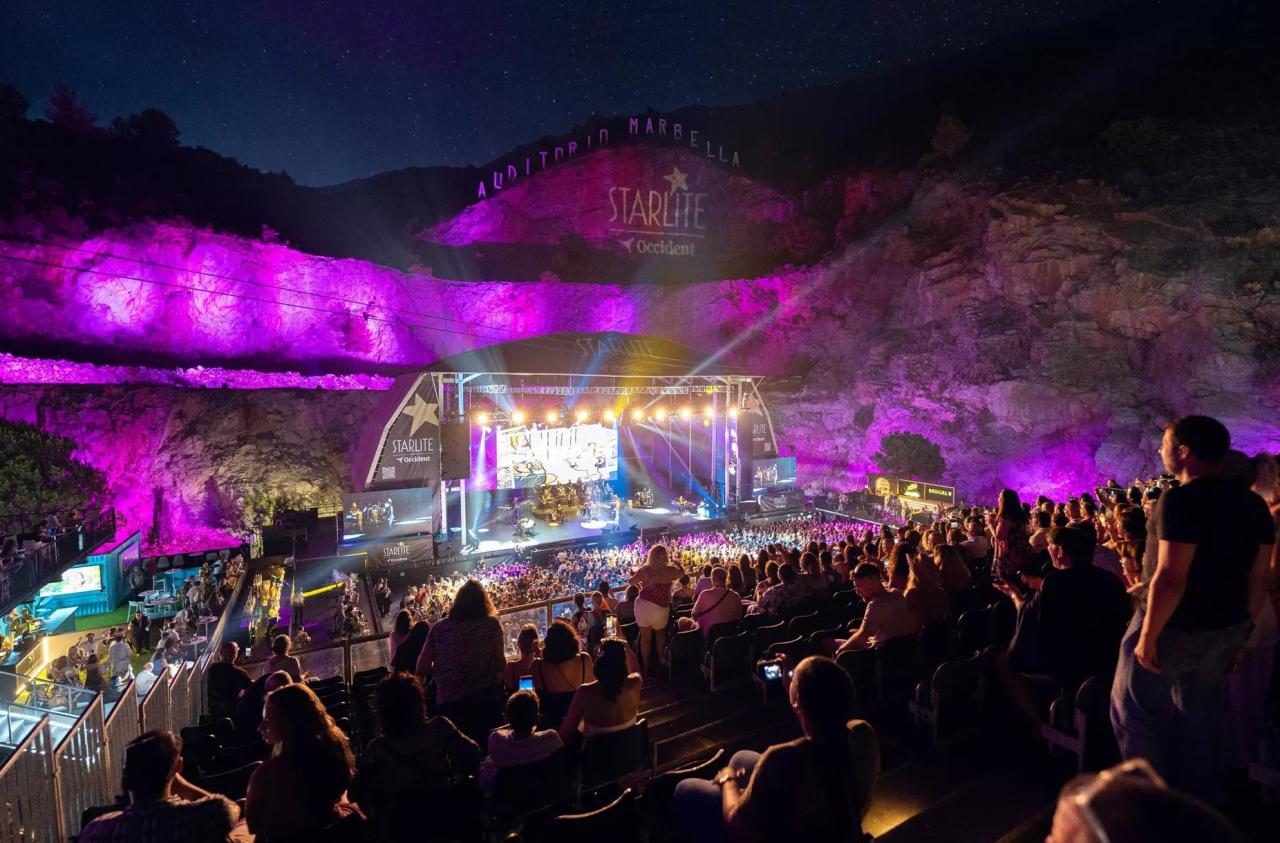1. Why Should Cities Take Nighttime Economy Funding Seriously?
The urban night can no longer be considered a mere appendage of the day. In many European cities, it accounts for a third of social, economic, and cultural activity time. Despite this, the "night" remains underrepresented in planning agendas and, especially, in public and private investment strategies.
Adequate funding of the night-time economy is crucial to ensure access to essential services, foster emerging cultural sectors, reduce inequalities, and improve safety. From night-time transport systems to decent employment for those working outside daytime hours, cities must look towards instruments that support the development of a more vibrant, inclusive, and resilient night.
Discussing the night-time economy also involves addressing sustainable funding models that enable cities and entrepreneurs to develop viable projects in sectors such as culture, leisure, gastronomy, mobility, and security. The key lies in connecting night-time urban planning with appropriate funding instruments: European funds, local initiatives, private financing, and alternative mechanisms such as crowdfunding or impact investing.
2. European Structural and Investment Funds: Financing Ideas for a More Active and Inclusive Night

Across Europe, some of the most powerful tools for urban transformation lie in the European Structural and Investment Funds (ESIF). These funds were designed to strengthen cohesion among regions—economically, socially, and territorially—and they can play a key role in supporting cities that want to better integrate their nighttime economies.
While these funds are typically associated with infrastructure, employment, and innovation, their scope is much broader. In fact, they offer real opportunities for cities to enhance public services, invest in night-time mobility, improve safety, and boost the cultural and economic life that continues after dark.
The European Social Fund Plus (ESF+) is particularly relevant when it comes to addressing the social dimension of the night. It supports projects that promote employment, vocational training, and equal opportunities—especially for those working during non-standard hours. Meanwhile, the European Regional Development Fund (ERDF) offers support for cities seeking to invest in urban infrastructure with a focus on sustainability and inclusion. This includes transport systems that operate late into the night, the creation of safe public spaces, and the development of cultural venues that stay open after sunset.
In less developed regions, the Cohesion Fund can help finance improvements in energy efficiency or mobility systems that benefit night workers and users alike. Other tools like NextGenerationEU and national recovery plans have opened up funding for urban regeneration, digital leisure initiatives, and the revitalisation of cultural sectors—many of which unfold primarily at night.
Even programmes not traditionally linked to cities can be relevant. The European Agricultural Fund for Rural Development (EAFRD), for example, supports economic diversification in rural areas, which may include night-time tourism or cultural events. Similarly, the European Maritime, Fisheries and Aquaculture Fund (EMFAF) can be used to boost coastal economies through evening festivals, night markets, or other initiatives that breathe new life into port cities after dark.
3. European Funding for the Night Economy: A Map of Opportunities
Beyond the structural funds managed at the national or regional level, the European Union also offers a variety of directly managed programmes that open up a different set of opportunities for cities and their partners. These programmes often operate through competitive calls and allow local governments, NGOs, research institutions, and businesses to apply directly to the European Commission.
In this landscape, URBACT IV stands out as a valuable resource. As a programme focused on city networks and integrated urban development, it offers funding and support for municipalities working together to develop strategic plans—including strategies for the night. It’s not only a source of financial help, but also of peer learning and collaborative experimentation.
Horizon Europe, the EU’s flagship programme for research and innovation, is also highly relevant. Cities can use it to investigate how the night functions as an ecosystem—from safety and mobility to data collection, wellbeing, and smart lighting solutions. It opens the door for testing new ideas and technologies that can shape healthier and more sustainable urban nights.
For cultural initiatives, Creative Europe provides funding for festivals, artistic residencies, and collaborative networks that operate in the night-time economy. Projects that bring art into public spaces after dark, or support the mobility of night-based creatives across Europe, are highly aligned with this programme’s goals.
The Erasmus+ programme, though primarily focused on education and youth, also offers opportunities to organise exchanges and training around themes like urban security, night tourism, and cultural entrepreneurship—especially aimed at young professionals entering the sector.
Meanwhile, the CERV Programme (Citizens, Equality, Rights and Values) supports initiatives that strengthen democratic values and social inclusion. Projects that tackle gender-based violence in nightlife settings, promote LGBTQ+ safety after dark, or engage vulnerable groups in cultural participation can all find a home here.
Environmental concerns tied to the night - such as light pollution, noise, or biodiversity - can be addressed through the LIFE Programme, which supports climate and environmental actions. And finally, Interreg Europe and related cooperation programmes offer a space for cities to develop pilot projects, exchange good practices, and co-create solutions around issues like night-time mobility, governance, or community safety.
Accessing these programmes requires time, vision, and alignment with European objectives. But for cities willing to make the effort, they represent a map of opportunities to rethink the night - not just as a time slot, but as a strategic dimension of urban life.
4. Alternatives to Public Funding: Innovation and Collaboration

While European funds offer strong support, cities don’t have to rely solely on public financing. In fact, some of the most dynamic and community-driven night-time projects are emerging through alternative funding mechanisms—often combining creativity with local ownership.
Crowdfunding has become a powerful tool for artists, urban activists, and social entrepreneurs. It allows small-scale night-time projects—such as temporary installations, micro-festivals, or community lighting initiatives—to raise money directly from citizens. Beyond the funding itself, these campaigns help build visibility and a sense of collective investment in the urban night.
Private capital can also play a role. In sectors like nightlife tech, gastronomy, or mobility services, business angels and impact investors are increasingly drawn to projects that combine profitability with cultural or social value. For example, platforms that promote safe travel options at night or new forms of interactive cultural experiences can attract backing from investors aligned with sustainability or inclusion goals.
Social impact funds are another promising avenue. These funds are specifically designed to support initiatives that deliver measurable positive outcomes—whether environmental, economic, or social. Programmes focused on integrating night workers, enhancing safety, or reducing noise and light pollution can often appeal to these mission-oriented investors.
Then there are cooperative models and social economy approaches, which offer long-term sustainability through collective ownership and democratic governance. Night-time cultural spaces or food markets managed by cooperatives, for instance, not only secure stable funding, but also foster strong community ties.
And finally, partnerships with universities, tech companies, and cultural institutions can unlock resources beyond money. Access to research, innovation capacity, creative talent, and experimental spaces can be just as valuable as financial capital - particularly for pilot projects or night-time interventions that aim to explore new paths.
These collaborative models don’t replace public funding, but they do complement it. The more cities diversify their sources of support, the more resilient and future-ready their night-time strategies will become.
5. Practical Cases: Unlocking the Potential of European Funds for Urban Nightlife
During my mission as Ad-Hoc Expert with the Cities After Dark network, we organized several practical workshops aimed at strengthening their capacity to access European funding. These workshops focused on analyzing the potential of Integrated Action Plans and their alignment with funding opportunities. The idea wasn’t just to inform - it was to activate. Together, we examined each city’s priorities, identified relevant European programmes, and shaped early-stage ideas into more structured proposals, ready to seek funding. Rather than discussing financing in abstract terms, we focused on real-life cases, applicable methods, and concrete opportunities.
One example that truly resonated with participants was Las Cigarreras in Alicante. Once a large tobacco factory left abandoned for years, the complex was brought back to life as a cultural centre thanks to the initiative of the City Council and the support of the European Regional Development Fund (ERDF) through the EDUSI urban strategy. The project not only restored a historic building - it turned it into a dynamic space with a strong night-time identity: concerts, art installations, creative residencies, and cultural events now fill the venue with life after dark. But the impact didn’t stop there. The surrounding neighbourhood also felt the transformation - attracting younger audiences, creating jobs, and redefining the area as a creative district.
Another inspiring case came from Madrid (Plan de empleo joven 2024-2025/ Youth Employment Plan 2024-2025) and Valencia (Reactivando la Noche / Reactivating night), where vocational training programmes were launched to support specific skills related to the night economy. The concept was simple but innovative: to train unemployed individuals and young people for key roles in the night-time urban ecosystem - cultural management, event production, and safety in nightlife settings. These programmes were funded through the European Social Fund (ESF) in collaboration with public employment services and vocational training centres. The training plans were designed based on real sector needs, with input from cultural institutions and night-time businesses. The result was twofold: first, a new employment path opened up for those who often struggle to find quality jobs; and second, the professionalisation of the night economy gained momentum in both cities.
These experiences inspired other network cities, demonstrating that the night economy can be effectively integrated into urban funding strategies with the right vision, tools, and technical support.
6. Conclusions: Nighttime Is Also Europe

Europe is providing concrete tools to help cities build urban models that do not end when the sun goes down. The night economy demands investment, creativity, and cross-sectoral approaches. The key lies in translating local needs into proposals aligned with European goals: sustainability, inclusion, innovation, and territorial cohesion.
To ensure success, cities are encouraged to adopt a strategic “multi-fund” approach, combining various sources of financing - European structural funds, direct management programs, national recovery plans, and alternative funding mechanisms such as crowdfunding or private investment. This diversified funding perspective not only increases the chances of securing resources but also strengthens the resilience and sustainability of nighttime initiatives by tapping into different stakeholders and financial models.
Cities that dare to see the night with fresh eyes and embrace this multifaceted funding strategy will gain access not only to financial resources but also to a new urban narrative that redefines how we experience and invest in the night.


